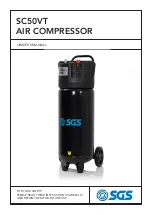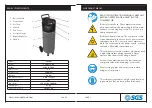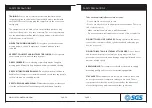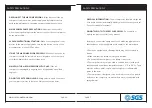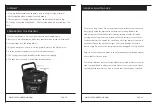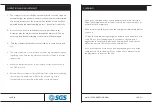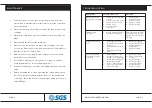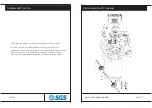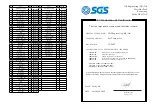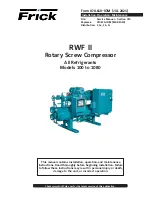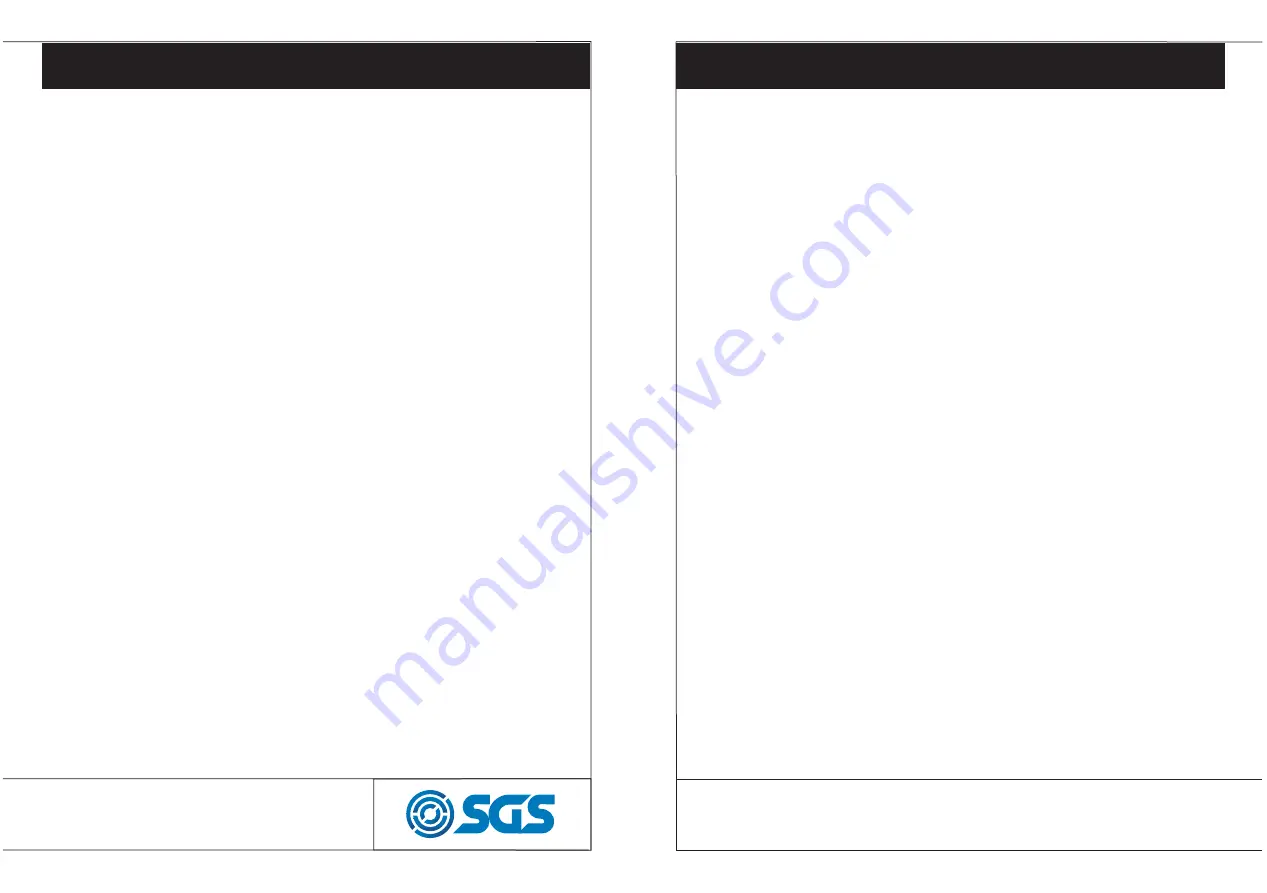
PAGE 11
PAGE 10
1. The compressor is controlled by a pressure switch. It can be stopped
automatically as the pressure increases to the maximum and restarted
as pressure decreases to the minimum. The rated pressure has been
adjusted during the manufacturing process - don’t alter it carelessly.
2. As soon as the motor is switched off the compressed air in the
discharge pipe should be released through the drain-cock. This is a
necessary step before restarting or the motor will be damaged.
3.
Turn the regulator knob fully counterclockwise to cause air to bleed
off.
4. The output pressure of compressed air can be regulated by using the
regulating valve. Turn the regulation valve knob clockwise to increase
the pressure.
5. When the compressor needs to be stopped, set the power switch to
the ‘OFF’ position.
6. Release the excess pressure by switching off the compressor and using
the compressed air which is still left in the air tank, e.g. with a
compressed air tool running in idle mode or with a blow gun.
OPERATION AND ADJUSTMENT
CLEANING
• Keep the equipment free of dirt and dust as much as possible.
Wipe the equipment with a clean cloth or blow it down with com-
pressed air at low pressure.
• We recommend that you clean the equipment immediately after
you use it.
• Clean the equipment regularly with a damp cloth and some soft
soap. Do not use cleaning agents or solvents; these may be
aggressive to the plastic parts in the equipment. Ensure that no
water can get into the interior of the equipment.
• You must disconnect the hose and any spraying tools from the
compressor before cleaning. Do not clean the compressor with
running water, solvents or the like.
WWW.SGS-ENGINEERING.COM

